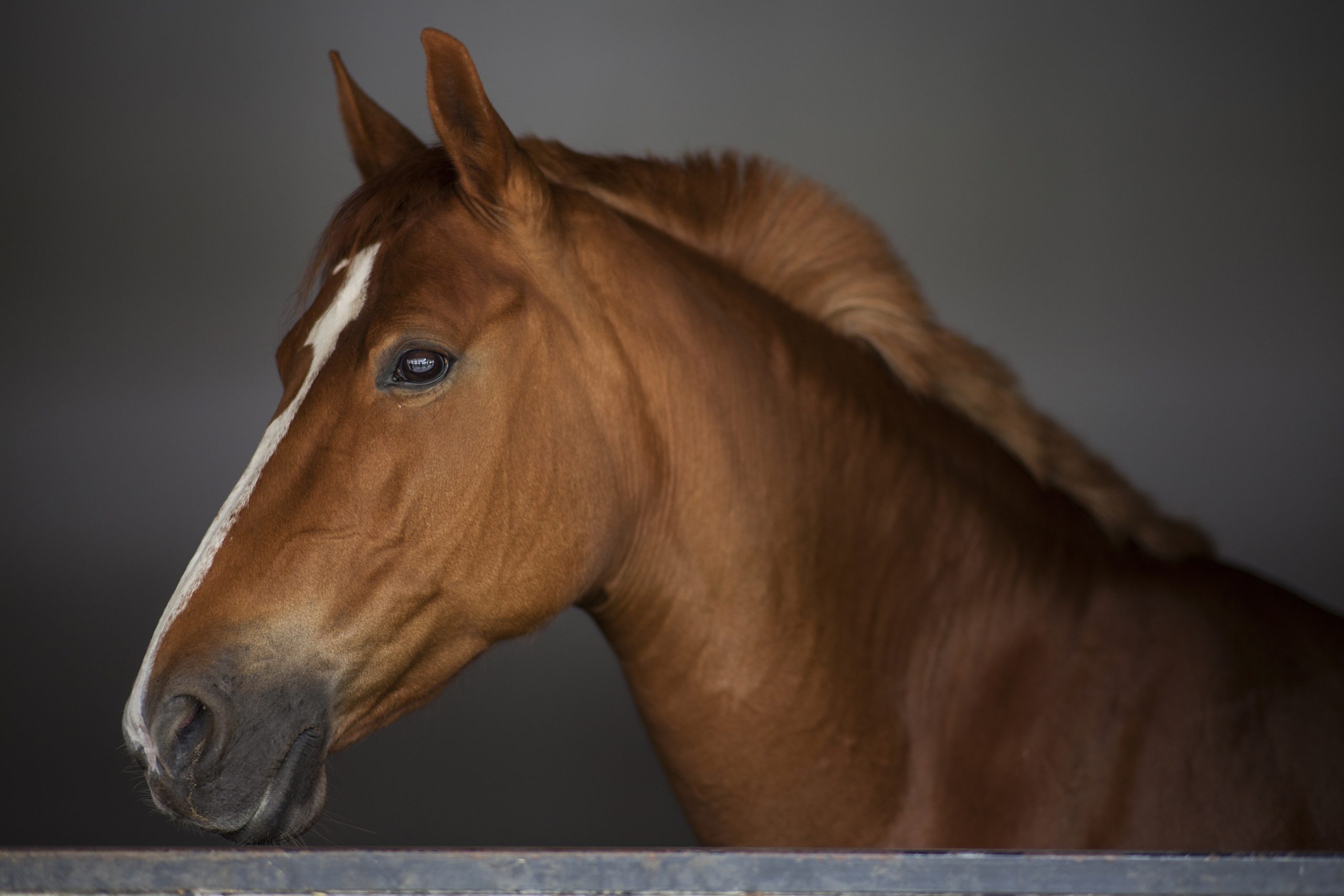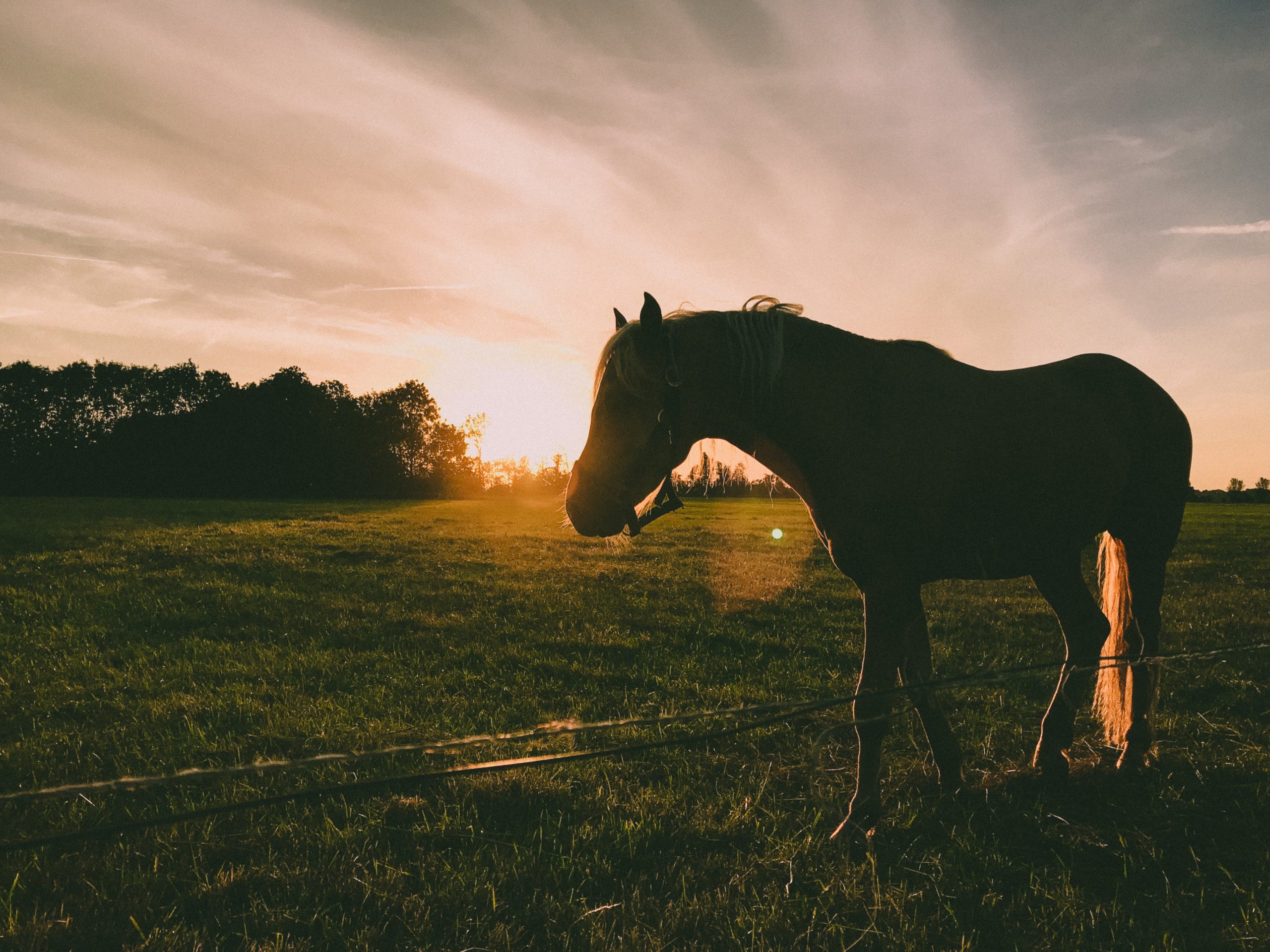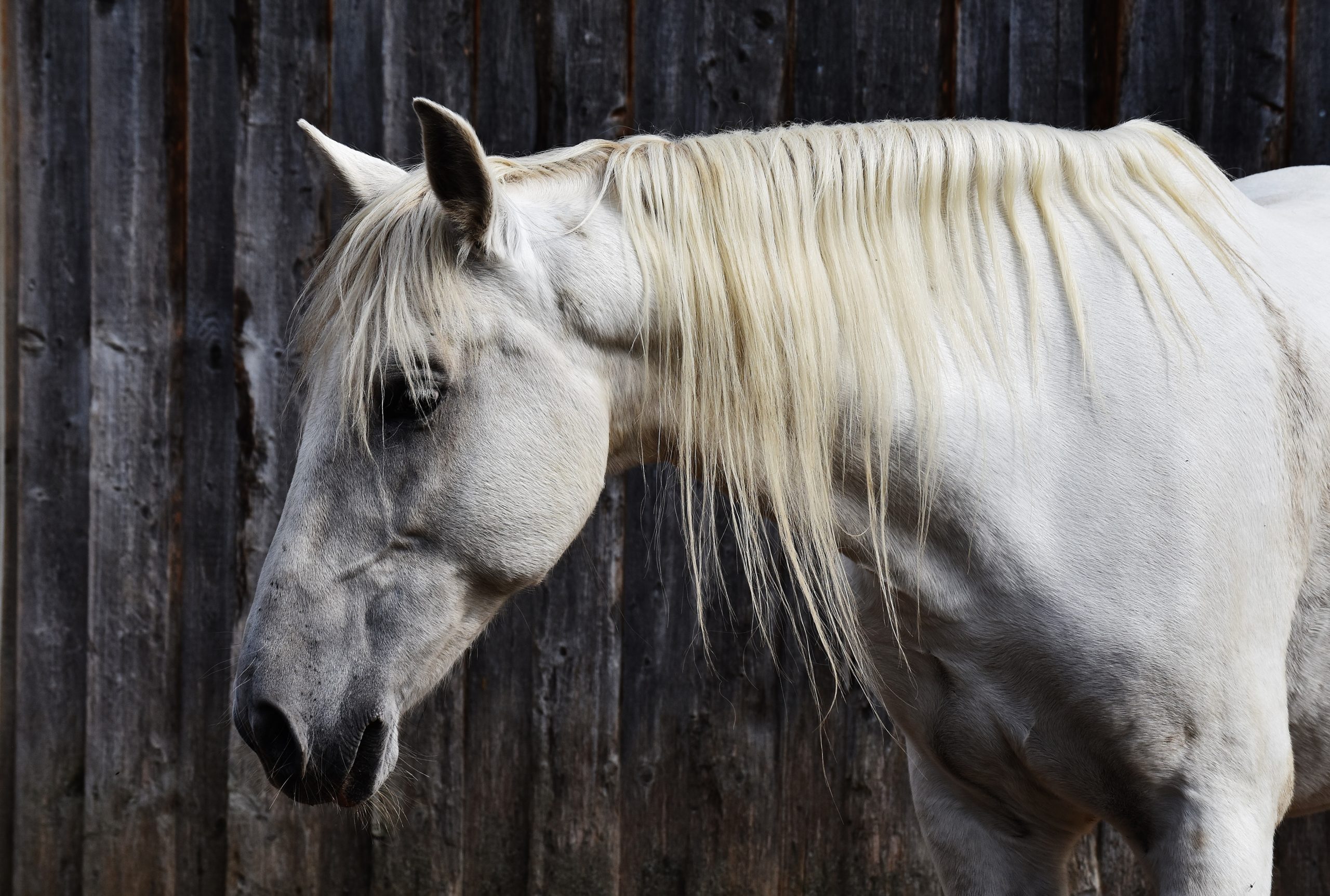A Widespread but Manageable Disease
Every horse owner appreciates the delicate nature of the equine gut, with colic being a major fear. Problems related to the small intestine and large intestine causing colic are well understood and routinely treated.
What may be surprising to many is how often the stomach is affected and the incidence of gastric ulcers is extremely high, particularly in performance horses.
Many studies since the mid 1980’s have documented that gastric ulcers are common in racehorses. An early post-mortem study in Hong Kong of 195 Thoroughbred racehorses showed that 80% of the horses in active training had ulcers. The incidence of ulcers in horses retired from racing for one month or longer was 52%.
Murray et al (1989) examined the stomachs of 187 horses ranging in age from one to 24 years. Eighty-seven horses had clinical problems including recurrent colic, poor body condition or chronic diarrhoea. One hundred horses had no clinical signs of gastrointestinal problems. Ninety-two percent of the horses with clinical problems had gastric ulcers. Surprisingly, 52% of the horses displaying no clinical signs also had lesions. Racehorses in training had a higher incidence of ulcers (89%) than horses that were not racing (59%).
More recently, two studies evaluated the incidence of gastric ulcers in California racehorses finding that 80 – 90% of horses in training had ulcers. A similar incidence has been seen in Australia in a study in Sydney.
Each of these studies revealed that 80% – 90% of racehorses in training have gastric ulcers. Performance horses that are stabled on high grain low roughage diets would be expected to have a high incidence of ulcers as well. Studies have shown that 60 – 70% of eventers, 50 – 60% of endurance horses and 50 – 60% of show horses have ulcers. The bottom line is that is you have a horse that is worked very day, spends time in stables and is on a high grain diet, then it has a high risk of developing ulcers.
The vast majority of these ulcers occur in the upper region of the stomach, with very few ulcers in the glandular portion. However some severe ulcers can be seen around the pylorus, the exit from the stomach to the duodenum.
The upper half of the horse’s stomach has a lining of squamous epithelial cells that are very similar to the lining of the oesophagus. It does not have a protective mucous layer, like the lower part of the stomach. Ulcers in this part of the stomach are more similar to heartburn in humans than the ulcers that occur in the glandular region of the human stomach.
Signs of Gastric Ulcers
Some horses with ulcers show no outward signs, but others will show some of the signs such as:
- Picky eater
- Weight loss
- Sour attitude
- Poor hair coat
- Trains off
- Drop in performance
- Teeth grinding
There are lots of other causes of these signs, so you should consult your veterinarian if your horse shows these sort of symptoms or you suspect it has stomach ulcers. An endoscopic examination of the stomach is needed to definitively diagnose gastric ulceration, but few vets have long enough endoscopes to gain access to the stomach of an adult horse so the diagnosis based on clinical signs is often made.
Gastric Acid is a Major Cause
Dr. M.J. Murray, one of the worlds leading authorities on the topic, has proposed that the major cause of gastric ulcers in the horse is prolonged exposure of the squamous mucosal lining to gastric acid. Unlike the glandular portion of the stomach, the squamous mucosa does not have a mucous layer and does not secrete bicarbonate onto its surface. The only protection that this portion of the stomach has from gastric acid and pepsin comes from saliva production. If adequate saliva is not produced to buffer the gastric acid and coat the surface of this part of the stomach, then gastric irritation occurs and ulcers may develop.
The high incidence of ulcers seen in performance horses is a man-made problem resulting from the way that we feed and manage these horses, since ulcers are extremely rare in horses maintained solely on pasture. Horses evolved as wandering grazers with digestive tracts designed for continual consumption of forage. In the natural grazing environment horses graze for up to 18 hours per day. Meals of grain that are eaten quickly or extended periods of fasting lead to excess gastric acid output without adequate saliva production to buffer the acid.
Horses that received free choice grass hay for 24 hours had mean gastric pH values that were significantly higher than fasted horses (3.1 in fed versus 1.5 in fasted horses). Higher pH values in hay-fed horses should be expected since forage consumption stimulates saliva production. Meyer et al (1985) measured the amount of saliva produced when horses ate either hay, pasture or a grain feed. When fed hay and fresh grass, the horse produced 400-480 grams of saliva per 100 g of dry matter consumed. When a grain-based feed was offered, the horses produced only about half (206g/100 g dry matter) as much saliva.
Grains and pelleted concentrates also increase the production of gastrin, a hormone that stimulates gastric acid production. Hay fed alone affects gastrin production to a lesser degree. Therefore, horses that are fasted or that are fed high grain diets are more likely to produce more gastric acid with less saliva than horses offered free choice forage as pasture or hay without grain.
It is easy to see why racehorses or a stabled performance horse have such a high incidence of ulcers. Most horses in training are confined for most of the day and fed large grain meals. Often, horses are fasted for an extended period before exercise racing or competition, allowing gastric acid to accumulate in the stomach. Intense exercise further increases the production of gastric acid so that the lining of the stomach gets thoroughly bathed in acid during work.
Recent research has shown that windsuckers or cribbers have more acid in their stomach and more ulcers than ‘normal’ horses and foals. The exact ‘cause and effect’ is uncertain here, but gastric irritation may initiate wind sucking in some horses.
Treatment and Prevention of Ulcers
Turning a horse out to graze without work for a month will heal most ulcers, but this is often not practical. Treating ulcers involves either inhibiting gastric acid secretion or neutralizing the acid produced. There are two classes of drugs that can be used to inhibit gastric acid secretion:
1. Histamine type-2 antagonists
H2 antagonists act by competing for histamine type-2 receptor sites on the parietal cell and thus blocking histamine-stimulated gastric acid secretion. The two most popular H2 antagonists used in horses are cimetidine (Tagamet) and ranitidine (Zantac). These are widely used in humans and foals, but the adult horse dose is expensive and can’t be used right up to racing in standardbreds. A ranitidine paste for horses (Ulcerguard) is available, but it needs to be given several times per day.
2. H+/K+ATPase inhibitors
Direct inhibition of the proton pump can be achieved by substituted benzimidazoles. Benzimidazoles are commonly used as worming agents for horses and other animals. The only proton pump inhibitor licensed for horses is omeprazole (Gastro Shield or Guard). This is effective but is very expensive and cost prohibits widespread use in adult horses.
An alternative to suppression of acid production is to neutralize stomach acid and protect the squamous mucosa from exposure to acid. The natural buffering mechanism in the horse is saliva production and indeed the most effective way to treat ulcers is simply to turn the animal out on pasture. Ulcers can heal in a month when a horse is turned out into a paddock. In situations where this is not possible, administration of antacids may be a useful aid to acid suppression in horses. Human antacids can be used but need to be administered in large quantities to be effective.
The equine antacid Neigh-Lox has been used successfully in managing the problems caused by gastric ulcers and heartburn in performance horses on high grain diets. This product contains agents that coat the stomach lining to protect against acid and antacids that neutralize the acid. It comes as a palatable pellet to be given with feed and can be given alone just before work. This approach will not heal the ulcers, but will help the horse feel better and get the horse eating again.
Feeds and Feeding Practices
Feeding and management practices that we use with racehorses and performance horses predispose horses to the development of stomach ulcers. The practice of severely restricting hay intake adds to the risk. Unlike feeding practices overseas, most Australian racehorses are not given free choice hay. This increases the risk of gastric ulcers, heartburn and leads many horses to be picky eaters. You can’t train most performance or race horses without grain but they should be given as much hay as they will eat if they don’t have ad lib access to pasture.
Lucerne has been shown to have an antacid effect so it is the hay and chaff of choice for ulcer prevention.
Adding fat to the diet will allow you to supply energy needs with a reduced grain intake and allow you to feed more forage. Oils such as corn oil and rice bran oil that have a high omega 6 fatty acid content have been shown to increase prostaglandin E secretion and decrease acid production in the stomach. This makes these oil sources the preferred option for horses with gastric ulcers. Equi-Jewel, a stabilised rice bran provides a palatable, convenient source of omega 6 FA and calories; and is a great feed to use for these horses.




